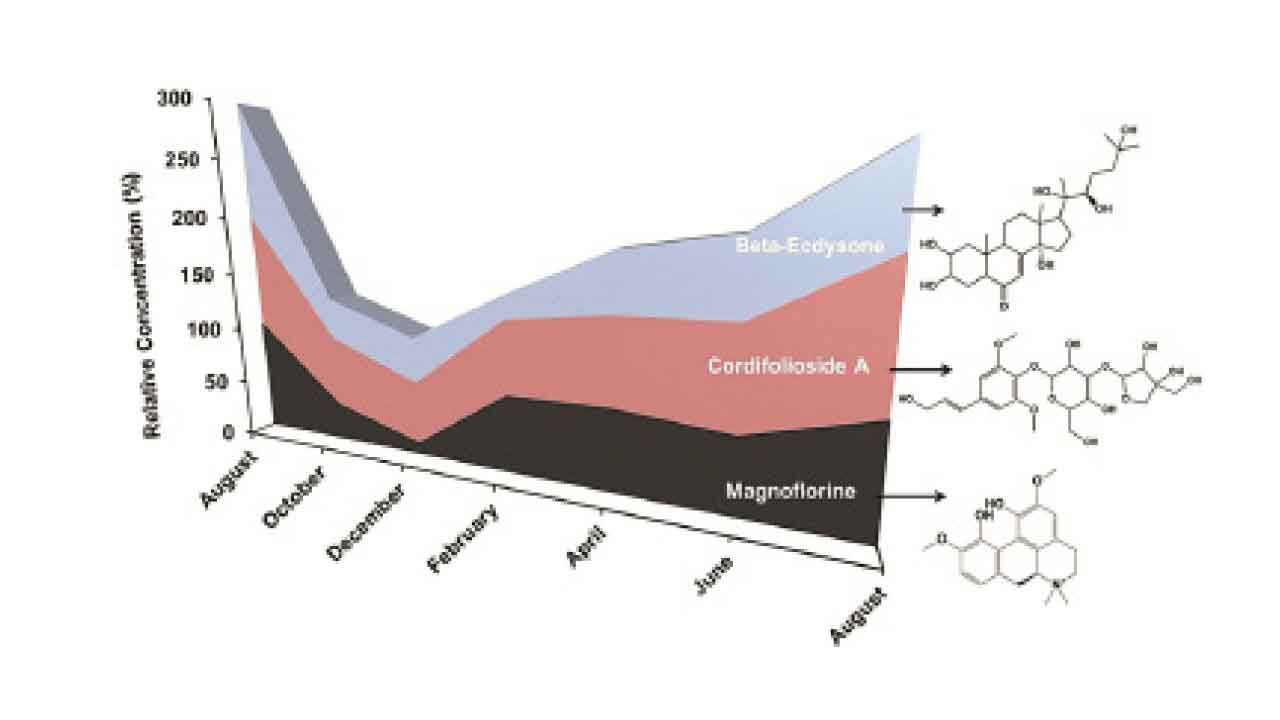Haridwar: A pioneering study conducted by Patanjali has confirmed that the stem of Tinospora cordifolia, commonly referred to as Giloy, the “immortal herb” of Ayurveda, harvested during the monsoon season, is the most efficacious for medicinal purposes. This robust research has been published in a renowned international research journal, BMC Plant Biology, a Springer Nature Publication.
On this occasion, Acharya Balkrishna stated, Have you ever wondered why we celebrate our nature-related festivals, Harela and Jadi-Booti Diwas, during a specific time of year?
Why do our Ayurvedic texts suggest that the best times to harvest a specific part of a plant coincide with a particular season?
Is there a scientific rationale behind this, OR is it simply a tradition passed down from our ancestors? This research elegantly demonstrates that the wisdom of sages and saints in the Sanatan scriptures, along with our cherished festivals rooted in Indian culture, are more than mere mythological stories. These actually embody a thoughtful, scientific outlook that were developed with the well-being of future generations in mind.
Now is the ideal time for us to reconnect with nature and embrace Sanatan culture. Let’s begin to see our scriptures not as superstitions, but as expressions of profound scientific insights waiting to be unveiled! Dr. Anurag Varshney, Chief Scientist at Patanjali, emphasised that in Ayurveda, the effectiveness of medicinal plants depends on the concentration of phytochemicals they contain, which can vary with the seasons. The study offers a scientific validation for this ancient wisdom. He emphasised that harvesting herbs at the right time not only boosts their medicinal potency but also significantly improves the overall quality of Ayurvedic formulations.

